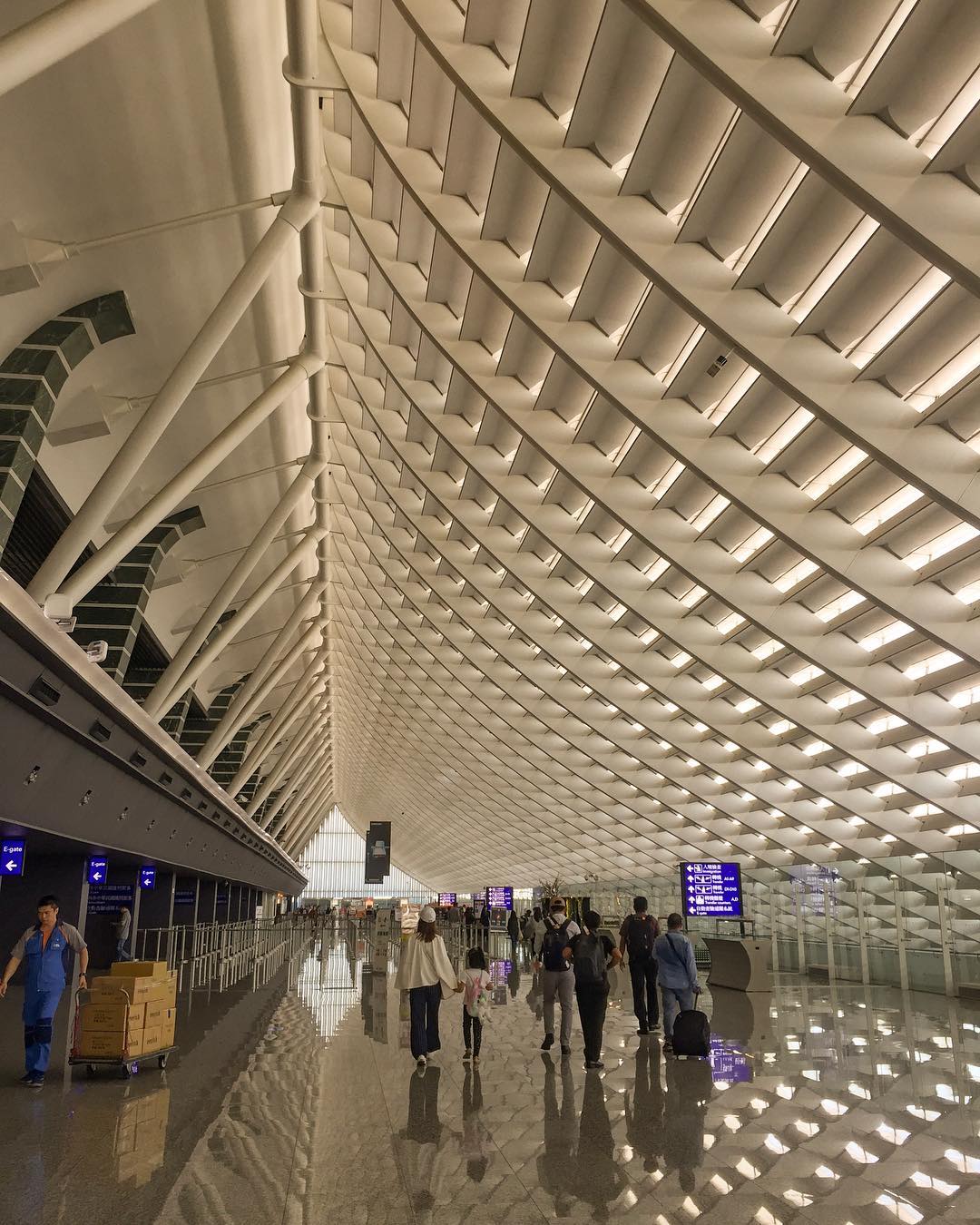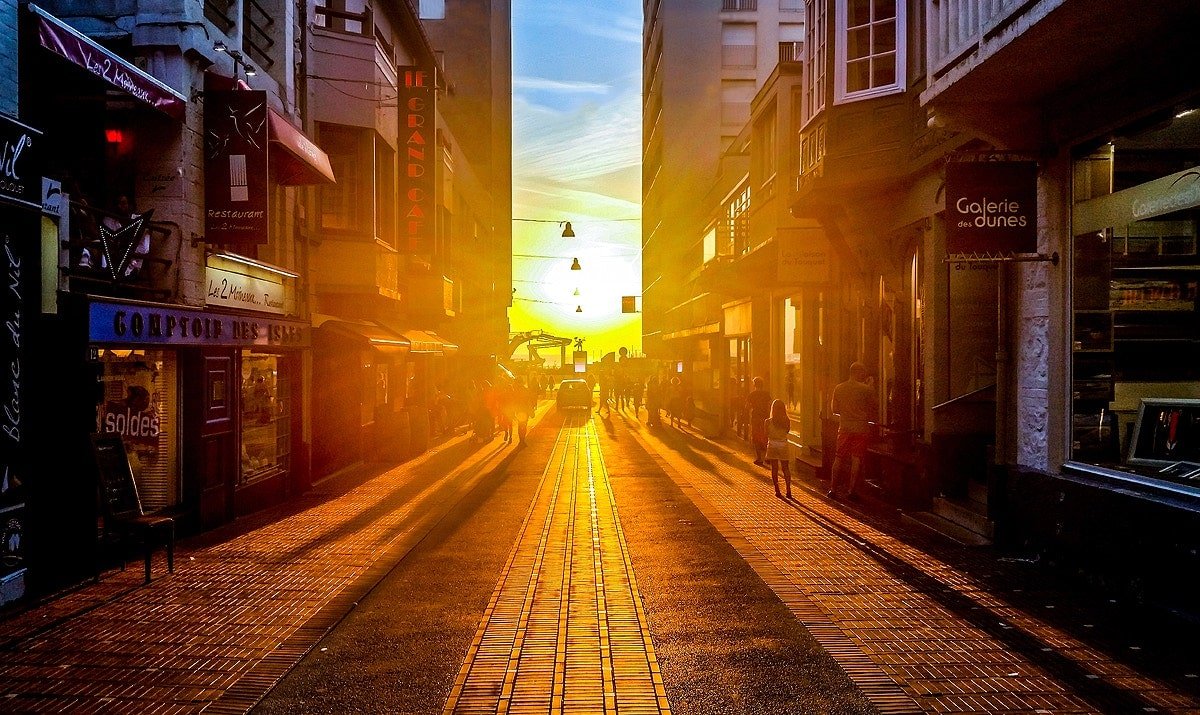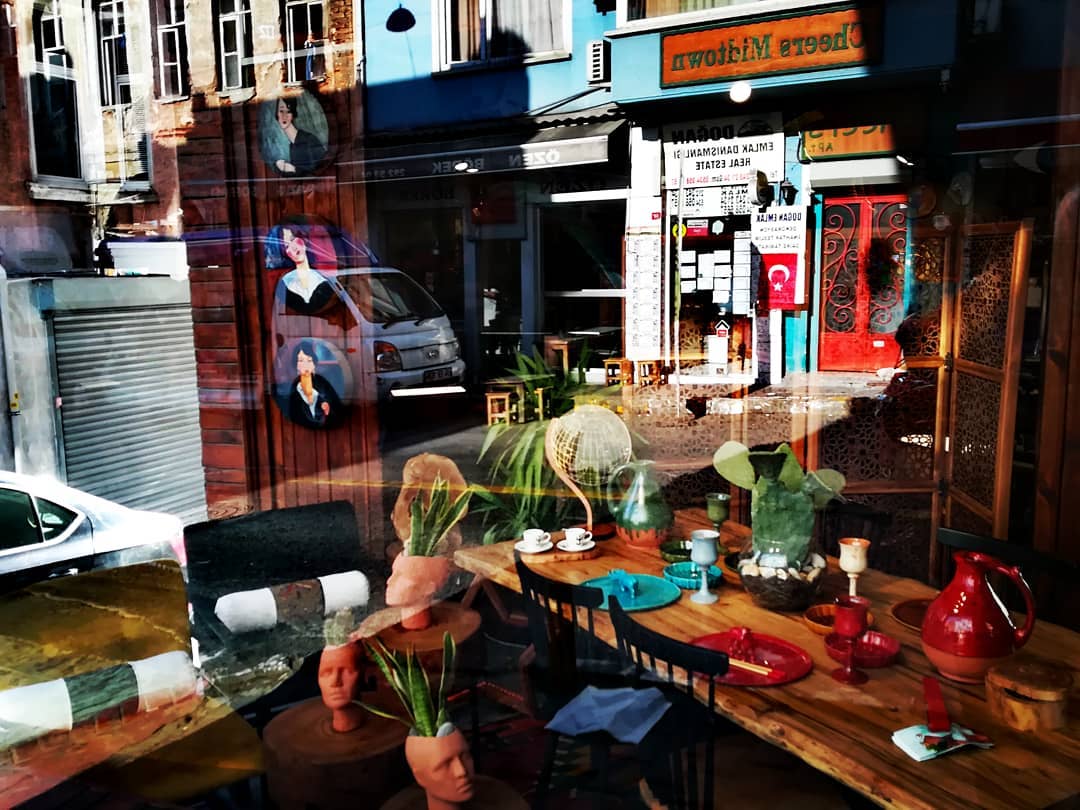Travelling is so alluring because it lets us create great memories that are ours to cherish for life. Taking photos is one of the best and most popular ways to retain and share our travel moments, especially with the convenience and seeming permanence offered by Instagram.
Sure, anyone with a mobile phone can easily take a photo, but as we’ve all found out, just pointing-and-shooting doesn’t really give the best result. Great photos can help you have deeper and richer recall of your holiday, adding to the pleasure of your trip. In contrast, poorly taken photos can cause us to rue missing an opportunity to convey the majesty of our experience.
Luckily, you don’t need to be a trained professional to take great photos. Here are 4 easy tips that can help you bring your travel photos to the next level.
Tell a Story

Photo by mybestmood via Instagram.
Photos are inherently attractive to humans because we are curious to find out the stories in them. But what you capture (or fail to) in your shot will affect the story your photo tells. Therefore, an easy tip to capture great photos is to make sure your shot tells a story. And the one prime ingredient all great stories need is: details.
Imagine this. It’s a cold, rainy afternoon in London. You’re in a cosy cafe, enjoying a delicious and piping hot cup of coffee. You might be tempted to document the moment with a shot of your beverage – an obvious, if common choice that might result in a tasty-looking food pic. (Or not, depending on how far along you are with your snack.)
However, if you arrange your shot to include the rain-dotted window as a backdrop, your photo would convey much more. Given the cold and dreary weather outside, the warmth of the tea must be especially welcome, the sweetness of the scone even more comforting. These prompts give the people who view your photo a deeper understanding of your experience.
Another way to convey a story is by choosing what to show in your shot. Sure, you could post a head-on shot of an interesting looking cafe, but showing the viewer the al fresco area where you imagine good conversations and great food may be enjoyed sparks greater interest.
Use the Rule of Thirds

Photo by yilfilms via Instagram.
You know how when you edit your photos on Instagram, you sometimes get a 3 by 3 grid that divides your image into 9 squares? Well kids, that’s actually a basic tool in photography used in the so-called Rule of Thirds.
It’s all about composition (no, not the written type). Notice how the horizontal and vertical lines criss-cross in 4 points in your image? If you position the object of your shot at one of these 4 points, you’ll instantly create an asymmetrical composition that is often more compelling than if you were to have your subject dead centre.
Another way to apply the Rule of Thirds is to align contrasting elements in your photo along the gridlines. If you’re shooting, say, the beach, try aligning the horizon along the upper or lower horizontal line on your grid.
Now, why go to all that trouble to move things off-centre? Because doing so creates drama, tension and movement, prompting the eye to follow where the lines are leading. This helps to bring an ordinary scene to life.
Take Advantage of the Golden Hour

Photo by Loudge on Unsplash.
Want to have soft colours and deep shadows in your photos without the hassle of lugging around expensive equipment? Try shooting during dawn or dusk hours – or, as the pros call it, the Golden Hour.
As the sunlight spills over the horizon, it creates lighting conditions that are said to be the best for photography; every shot is imbued with an ethereal golden glow, and dramatic shadows make a fleeting appearance.
Be sure to have something in the foreground of your shot to help bring out the various shades of rising (or setting) sun.
Shoot Reflections

Photo by yrdln92 via Instagram.
Another easy tip to help your photos stand out is to shoot in reflection, instead of directly photographing your subject. This can work well especially for well-known landmarks that have appeared in the feeds of everyone and their grandmas.
Shooting in reflection can result in interesting pictures, due to the somewhat unpredictable effect of glassy surfaces. You might discover you’ve imparted a ghostly quality to a solid object, for example.
In any case, you will be offering a fresh perspective to a tired, overdone shot.




